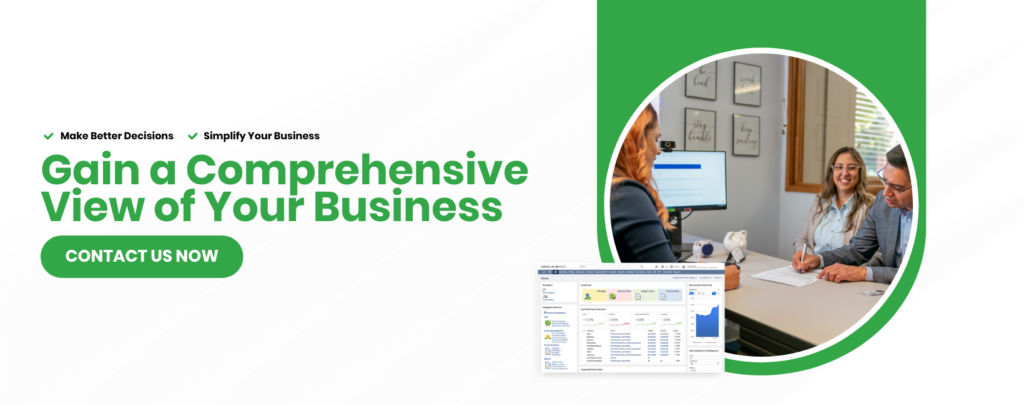Statistical Accounts - Tracking monetary accounts is arguably the most critical function of accounting and finance. But are you also tracking statistical accounts? Similar to a balance sheet account, statistical accounts can be used to track non-financial information, offering a point-in-time view of your business and its health that can then be used in reports and on your income statement.
Statistical accounts are a powerful reporting option and provide your management team with a new way to look at and analyze your business. You can quickly and easily run a report showing the average sale per customer or the average sale per sales rep. Or you could examine the cost of square footage by department or headcount.
All of this is possible with a robust accounting system.
Head Count Analysis
Automatically calculate your sales total in any given month and divide it by your total number of employees to calculate your revenue per person. As your revenue and number of employees change, you’ll get a picture of your team’s effectiveness. You can examine profit by head count as well.
Earnings Per Share
Another way to use your statistical account information is to calculate your earnings per share (EPS), one of the most important indicators of financial health. Automatically calculate EPS and easily monitor how it trends up and down.
Proportional Rent Expense or Square Footage Allocations
Track the square footage of each department and then automatically allocate rent expenses proportionately to each department. Each department is automatically assigned its share of the rent without having someone from your staff manually make a journal entry to calculate the total amount and then re-allocate it to each department. Instead, the correct weighted average allocation per location is simply placed in your profit and loss statement.
Track All the Statistical Data You Need
Leverage the information in reports and as part of your strategic decisions!
Budget and Compare
Just like your financial accounts, you can also budget your statistical accounts. For example, in January, your forecast calls for 20 employees. In February, if that number rises to 22 employees, how is your revenue per person affected? You can then compare your actual numbers to your budget.
Once you’re able to track all the statistical data you need, you can leverage the information in reports and as part of your strategic decisions.
Contact goVirtualOffice to learn more about how you and your company can benefit from an integrated software system.

If you found the above content interesting, be sure to watch our video on:
Join us for a look into how you can use data to make informed decisions. Start capitalizing on opportunities you didn't know you were missing. Create marketing campaigns that help you upsell existing customers and engage old ones.

)





